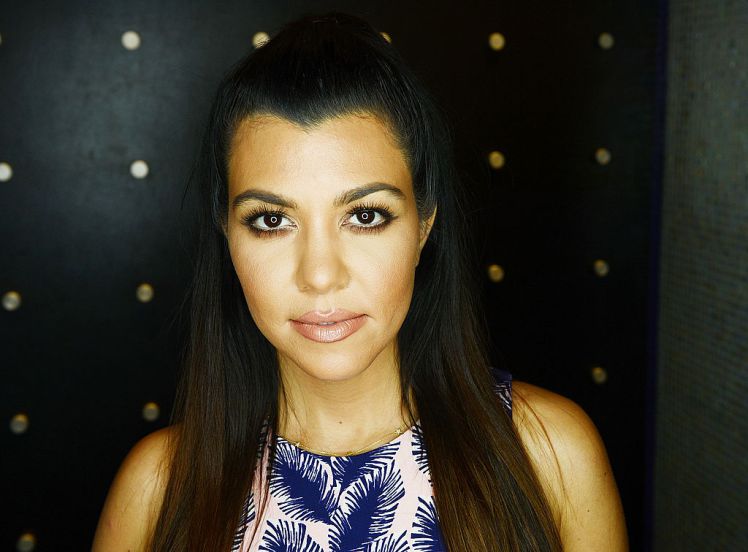
To start with, let’s just cover what a widow’s peak actually is. It’s a hairline in the shape of a V, the bottom of the V at the front centre of the forehead.
Loads of people have one, both men and women can be blessed with a widow’s peak, and celebrities from Leonardo DiCaprio to Kourtney Kardashian are out there representing the good widow’s peak name.
But where did that name come from? And why do some people have widow’s peaks to begin with?
Contents
Why do people have widow’s peaks?
Whether or not you have a widow’s peak appears to be genetic – the same as other hairlines.
While some people have suggested that a widow’s peak is a dominant trait controlled by one single gene, there hasn’t been enough research to support this claim. Which complicates things a bit.
But what we DO know is that your hairline is determined by genetics in some way – people either have a straight hairline, or they’ll have some suggestion of a widow’s peak. If you have one, it’s likely that one of your parents or grandparents has one, too.
Why is it called a widow’s peak?
The name comes from the hairline’s resemblance to the hoods widows used to wear after the death of their husbands during mourning.
This led to an old wives’ tale that anyone with a widow’s peak was destined for early widowhood, because their significant other would die young. Dark.
This is quite clearly not true, and the traditional widow’s hoods have widely gone out of fashion, but the name has stuck around.
I have a widow’s peak and I hate it. How can I hide it?
A widow’s peak can easily be hidden with a different parting – anything side-swept will work the best.
Ponytails and slicked back hair are to be avoided if you’re not a fan of your widow’s peak (which you should be, because they look great. Embrace your peak).
What does having a widow’s peak MEAN?
Nothing. It doesn’t mean anything, really, other than having a lower hairline. Congrats!
[Source:- Metro]








